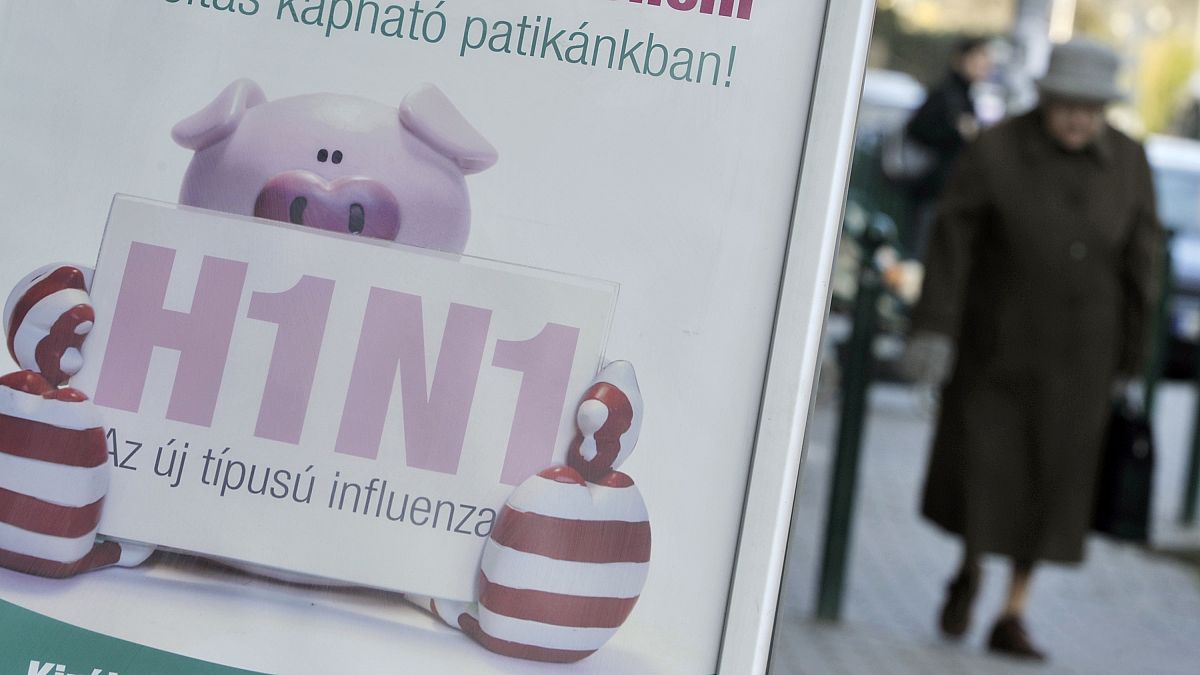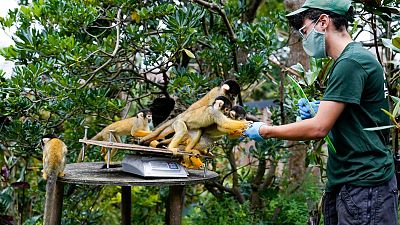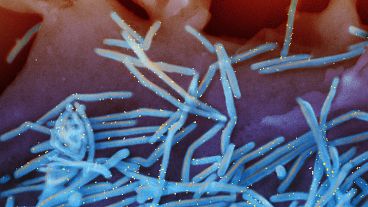Transmission of a strain of H1N1 from humans to pigs has occurred frequently, researchers said.
The strain of virus responsible for the 2009 H1N1 pandemic has passed from humans to swine nearly 400 times, according to a new study.
The US-based team tracked the swine flu strain pdm09 between the years 2009 and 2021 to offer insights into its transmission.
After being passed from humans to pigs, the circulation of pdm09 among swine resulted in some variants that then jumped back to humans, the study showed.
“Controlling influenza A virus infection in humans can minimise spillover of viruses into pigs and reduce the diversity of viruses circulating in swine populations,” the authors said.
What is swine flu?
Swine flu or H1N1 is a subtype of the influenza A virus Influenza A can cause the flu in humans, birds, swine and some other mammals.
The virus can cause symptoms such as cough, high temperature, headache, runny nose, and joint and muscle pain.
The swine flu was declared a pandemic by the World Health Organization in June 2009. The virus had jumped from pigs to humans, spreading rapidly.
According to the Centers for Disease Control and Prevention (CDC), an estimated 151,700 to 575,400 people worldwide died from the virus in the initial year of the pandemic.
What does this new study say?
The new analysis of swine flu transmission, published in the PLOS Pathogens review, revealed the pdm09 strain crossed from humans to swine about 370 times.
Researchers, led by Alexey Markin of the US Department of Agriculture-Agricultural Research Service, also observed 17 cases of swine-to-human transmission.
A few instances of human-to-pig transmission led to circulation of “different pdm09 genetic lineages” among pigs in the US.
The researchers said the variants were “genetically and antigenetically different from human seasonal vaccine strains”, suggesting that vaccines would offer little protection against them.
The findings add to mounting evidence that managing influenza A infection in people who work with swine can help prevent transmission to pigs, the authors said, and reduce the risk of spread back to humans.
Zoonotic disease outbreaks could increase
Scientists and policymakers are increasingly recognising the interconnectedness between environmental changes, human activities, and the spread of infectious diseases from animals to humans.
With climate change altering ecosystems and affecting the distribution of animal species, the likelihood of zoonotic disease outbreaks may increase in the coming years.
The World Health Organization estimates that there are over 200 known types of zoonoses.
There is also growing recognition of the need to address the complex challenges posed by zoonotic diseases, especially since the COVID-19 pandemic.
Authorities are increasingly focusing on adopting a One Health approach that integrates human, animal, and environmental health considerations.



